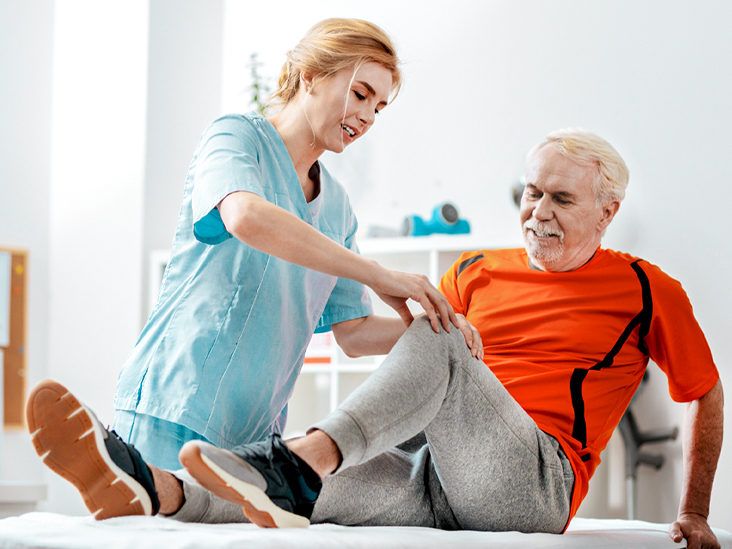
As people age, joint pain and mobility issues become common concerns, especially related to the knees. Knee replacement surgery can be a viable option for many individuals, but it may not always be the best choice for elderly patients due to various reasons like health risks or longer recovery periods. Fortunately, there are age-friendly alternatives to knee replacement that elderly patients can consider to manage their knee pain and improve mobility. In this article, we will explore some of these alternatives.
Non-Surgical Options
Physical Therapy
- Physical therapy can help strengthen the muscles around the knee, improve flexibility, and reduce pain.
- It can also help improve balance and coordination, which can prevent falls and further injuries.
- Regular physical therapy sessions can be tailored to the individual's needs and abilities, making it a safe option for elderly patients.
Weight Management
- Excess weight can put additional strain on the knees, leading to more pain and discomfort.
- By managing weight through a healthy diet and regular exercise, elderly patients can reduce the pressure on their knees and improve mobility.
- Weight management can also help prevent other health issues associated with obesity.
Minimally Invasive Procedures
Arthroscopy
- Arthroscopy is a minimally invasive procedure that involves inserting a small camera into the knee joint to diagnose and treat problems.
- It can be used to remove damaged tissues, repair cartilage, or smooth out rough surfaces in the knee joint.
- Arthroscopy can help reduce pain and improve knee function without the need for a major surgery like knee replacement.
Injections
- Corticosteroid injections can help reduce inflammation and relieve pain in the knee joint.
- Viscosupplementation injections can improve the lubrication of the joint, reducing friction and pain.
- Platelet-rich plasma (PRP) injections can stimulate healing and repair damaged tissues in the knee.
Regenerative Medicine
Stem Cell Therapy
- Stem cell therapy involves using the patient's own stem cells to repair damaged tissues in the knee.
- It can help reduce pain, improve mobility, and promote healing in the knee joint.
- Stem cell therapy is a promising alternative to knee replacement for elderly patients looking for a safe and effective treatment option.
Platelet-Rich Plasma (PRP) Therapy
- PRP therapy uses the patient's own platelets to promote healing in the knee joint.
- It can help reduce pain, improve function, and stimulate tissue repair in the knee.
- PRP therapy is a non-surgical alternative that can provide relief for elderly patients with knee pain.
Lifestyle Modifications
Adaptive Devices
- Using assistive devices like canes, walkers, or braces can help relieve pressure on the knees and improve stability.
- Adaptive devices can make daily activities easier and safer for elderly patients with knee pain.
- Choosing the right adaptive device can enhance mobility and independence for elderly individuals.
Low-Impact Exercises
- Engaging in low-impact exercises like swimming, biking, or tai chi can help strengthen muscles and improve flexibility without putting too much strain on the knees.
- Regular exercise can help maintain joint health, reduce stiffness, and alleviate knee pain in elderly patients.
- Consulting with a physical therapist or fitness instructor can help elderly patients create a safe and effective exercise plan.
